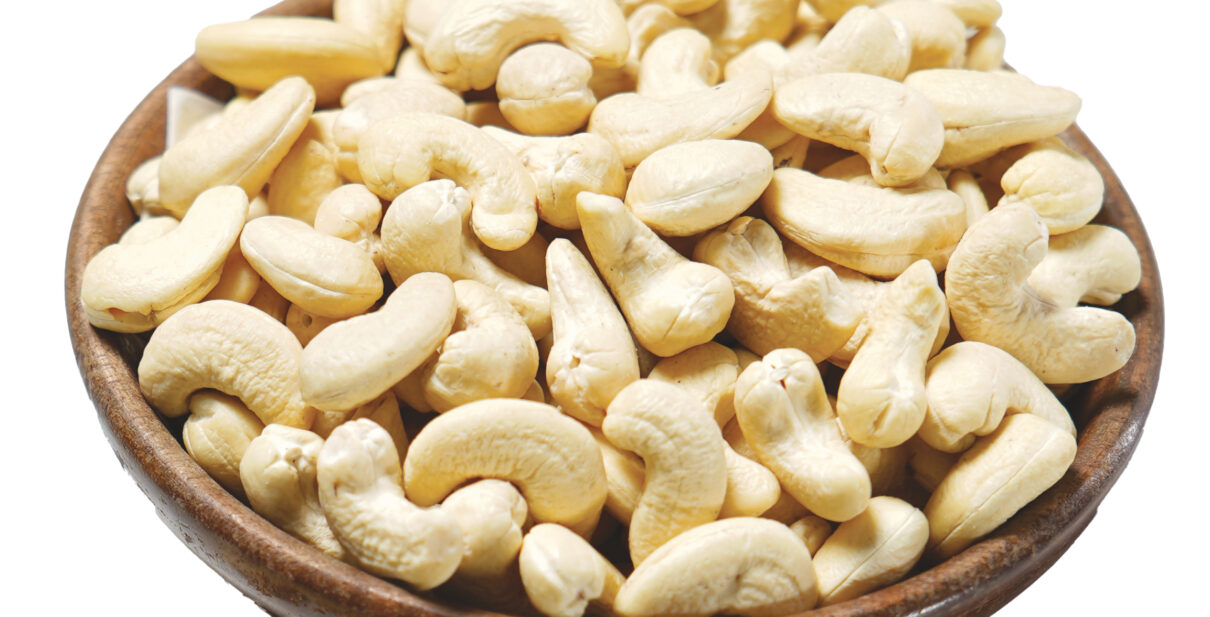Cashews, with their creamy texture and delicate flavor, are a popular and versatile nut enjoyed around the world. However, not all cashews are created equal. Cashew grades play a crucial role in determining the quality and value of these delectable nuts. Let’s delve into the world of cashew grades and what they mean.
Cashew grades primarily categorize nuts based on size, color, and the absence of defects. The grading system provides a standardized way to assess the quality of cashews, ensuring that consumers receive consistent products. While different countries may have variations in their grading systems, the following grades are commonly used:
- W-180: This grade represents cashew kernels with an average of 180 pieces per pound. W-180 cashews are considered large and are often preferred for their visual appeal in confectionery and gourmet applications.
- W-210: With an average of 210 kernels per pound, W-210 cashews are slightly smaller than W-180. They are still highly sought after and widely used in various culinary applications, including snacks, desserts, and savory dishes.
- W-240: W-240 cashews have around 240 kernels per pound. This grade is popular due to its versatility, making it suitable for snacking, cooking, and baking purposes. W-240 cashews strike a balance between size and value.
- W-320: As the name suggests, W-320 cashews have around 320 kernels per pound. This grade is commonly used in everyday cooking, baking, and snacking. W-320 cashews offer good value for their size and are a popular choice for many consumers.
- Pieces and Splits: This category includes cashew nut fragments that do not meet the standards of whole cashews. They are often used as ingredients in processed foods, culinary applications, and as a more affordable option for those looking for cashew flavor on a budget.
It’s important to note that cashew grades go beyond size and also consider other factors, such as color and absence of defects. Higher grades typically exhibit a light ivory or pale yellow color, indicating superior quality.



